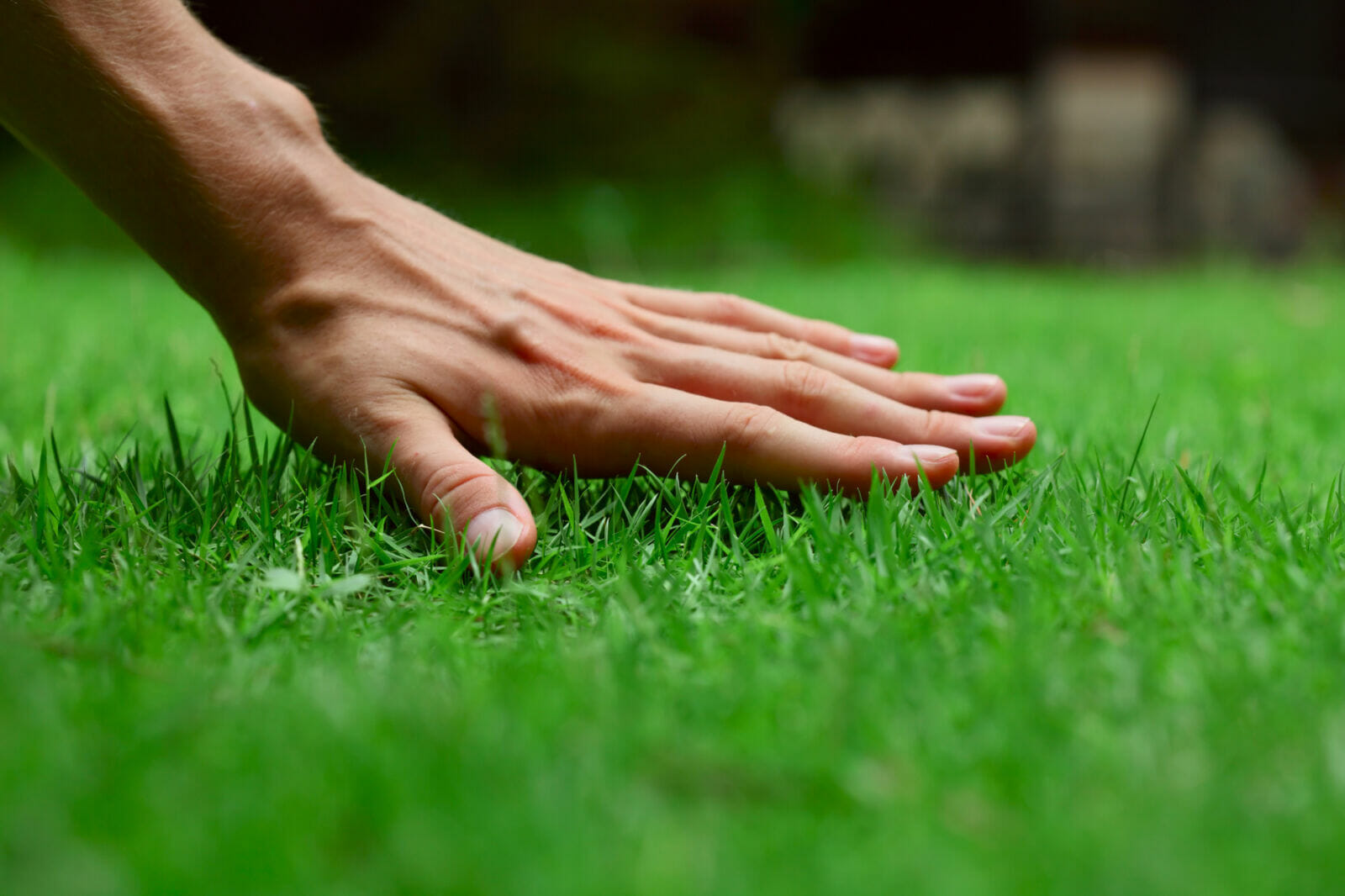Synthetic fertilizers and pesticides can boost lawn growth and keep weeds at bay. However, they can also leach into local groundwater supplies, polluting the water in your community.
Opting for organic lawn care is an environmentally-friendly alternative that’s safer than using synthetic chemicals. But you might not be sure where to start.
Use this guide to explore natural lawn care tips and tricks that can help you enjoy a healthier and greener lawn!
1. Use Organic Lawn Care Products
If you don’t have the time or energy to create organic compost, you can keep your lawn green (literally and figuratively) by choosing organic lawn care products!
Organic fertilizers and lawn food mixtures are available from most home improvement stores and garden nurseries, so you likely won’t need to look far to find something that works for your budget and yard.
2. Create Your Own Compost
A fantastic alternative to all-natural, organic lawn fertilizers is homemade compost. Fortunately, creating your own compost is a straightforward process that doesn’t take a ton of regular effort or upkeep.
You can generate nutrient-rich compost all year round using a tumbling compost bin. These are available from most home improvement stores can cost anywhere between $50 and $200.
To use a tumbling composter, you’ll need to slide open the chute, pour your leftovers into the hole, then close the chute lid. Then give the barrel a quick roll! Most of these composting bins have small holes drilled throughout them, and these let the compost breathe while also allowing small amounts of rainwater into the barrel.
Consequently, you’ll never need to add water or dig through composting materials to generate fertilizer for your lawn. Just be sure to avoid adding meats, oily foods, or citrus to your composter, as these can attract pests and produce foul odors.
3. Only Plant Native Grasses
Sowing non-native grass seed can make growing a healthy and vibrant lawn almost impossible. For that reason, you’ll only want to plant native grasses in your yard.
If you’re a resident of the Grand Canyon State, this means sowing desert grasses like:
- Bermuda grass (Cynodon dactylon)
- Tall fescue (Festuca arundinacea)
- Bigelow’s bluegrass (Poa bigelovii)
4. Don’t Mow Too Low
Mowing the lawn every week or every other week can feel tedious, and you might be tempted to cut your grass short to prolong the time between cuts. But cutting too low can do far more harm than good.
For that reason, you’ll want to cut your grass to about four inches. Any lower than this and the root system can dry out or get damaged by the mower blade. Mowing too low can also make way for weeds to grow, as fewer glass blades are shading the soil, making it easier for weeds to get the sunlight they need to flourish.
5. Blow Away Dead Leaves
Raking your yard might be a standard part of your fall lawn care routine, but you may want to consider switching to a leaf blower. Rakes can dig into your lawn, pulling up grass and leaving noticeable bald spots that persist through the winter.
But a leaf blower can make short work of your dead leaves without damaging your lawn. A powerful backpack leaf blower is an excellent tool for keeping dead leaves off your grass. Click here to start shopping if you’re ready to upgrade from a rake to a leaf blower!
Embrace Organic Lawn Care Today
Organic lawn care can help you achieve the greenest and healthiest lawn in the neighborhood, and it’s often more affordable than synthetic lawn care. Making your own compost, blowing away leaves (and composting those too), and keeping your mower blade high are excellent ways to ensure your all-natural lawn stays healthy.
It’s also essential to choose a grass type that’s native to your area. For those living in Arizona, this means choosing desert grasses like Bigelow’s bluegrass and tall fescue.
If you enjoyed this article, check out our related lifestyle articles now!




